The Essence of Palmistry
Discover the significance of palm reading and how it attempts to reveal personality traits and life paths by interpreting the lines on your hand.
article by Nora Pennington
Introduction to Palmistry
Palmistry, also known as chiromancy or palm reading, is an ancient practice that seeks to glean insight into an individual's personality and potential future by examining the lines, shapes, and patterns present on the palm of the hand. This traditional art form is steeped in history, finding roots in various cultures across the world. In the modern era, whilst skepticism has threaded its way through some sections of society, palmistry remains a popular avenue for those seeking understanding and guidance, integrating new psychological insights to stay relevant in an ever-evolving world.

Historical Perspectives
The art of palmistry stretches back thousands of years, with evidence of its practice found in diverse ancient civilizations such as India, China, Tibet, Persia, and Egypt. It was once considered a branch of astrology, related to reading signs from the cosmos. Over time, it assimilated ideas from Greek philosophers and even found its way into the works of Aristotle. Fast forward to contemporary times, it has morphed into a syncretic tool that combines ancient principles with psychological aspects, allowing it to transcend its mystical roots and appeal to a broader audience.
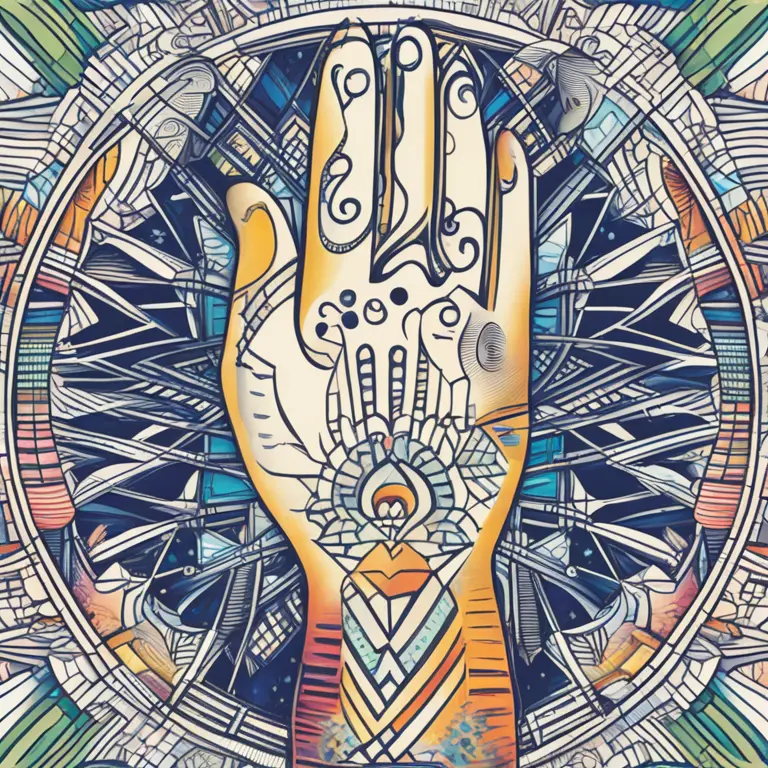
The Palmistry Map
The palm is seen as a dynamic canvas in palmistry, showcasing various life aspects through its lines, mounts, shapes, and other features. The three major lines examined are the Heart Line, which may indicate romantic and emotional tendencies; the Head Line, interpreted as revealing mental and intellectual attitudes; and the Life Line, often associated with vitality and life changes. There are numerous other lines, and each palmist may have their nuanced way of reading, interconnecting the lines' narratives to create a cohesive picture of an individual's life.

Modern Adaptations in Palmistry
Adapting to contemporary needs has ensured palmistry's persistent relevance. Today's palmists often merge intuition with an understanding of human psychology to provide insights that resonate on a personal level. Technological advancements have also made palmistry widely accessible. With apps and online services emerging, users can receive palm readings at a click, thus expanding palmistry's reach. However, traditional palmists argue that a genuine connection between the reader and the individual is crucial, something that technology may not faithfully replicate.
Critical Analysis and Perception
Palmistry's status in the scientific community remains largely unchanged; it is viewed as a pseudoscience due to the lack of empirical evidence supporting its predictive claims. Critics assert that readings are vague and can be applied to many, relying on the Forer effect—whereby individuals believe general descriptions to be highly accurate for them personally. Nonetheless, enthusiasts argue that palmistry offers introspective value and a different lens through which we can view our lives, regardless of scientific verification.
The Personal Touch of Palmistry
Despite controversies, personal testimonials about palmistry continue to draw interest. Many individuals report feelings of enlightenment and empowerment after a session. The experience provides a chance for self-reflection, causing some people to consider their paths in life more carefully. As a non-invasive and reflective practice, palmistry also offers a therapeutic element, allowing for the gentle exploration of self without the pressures and biases attached to more conventional counseling methods.
Conclusion: The Role of Palmistry Today
In conclusion, palmistry occupies an intriguing space between ancient tradition and modern curiosity. It provides not just a possibility for predicting one's future but also serves as a mirror for self-discovery and introspection. As we progress further into the 21st century, the practice may continue to evolve, forging new paths that blend tradition with an era of digitalization and scientific inquiry. The essence of palmistry, therefore, lies not in its ability to forecast with certainty but in its capacity to fascinate, guide, and provoke thought.
Published: 1/11/2024
Modified: 1/12/2024
More predictions
Come back here soon to learn more about yourself and your future

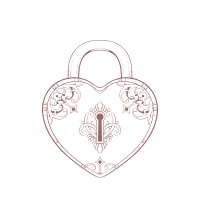
Can Palmistry Predict Your Path Incorrectly?
Delving into the accuracy of palm readings, this article examines whether palmistry can lead to incorrect predictions about one's life and destiny.
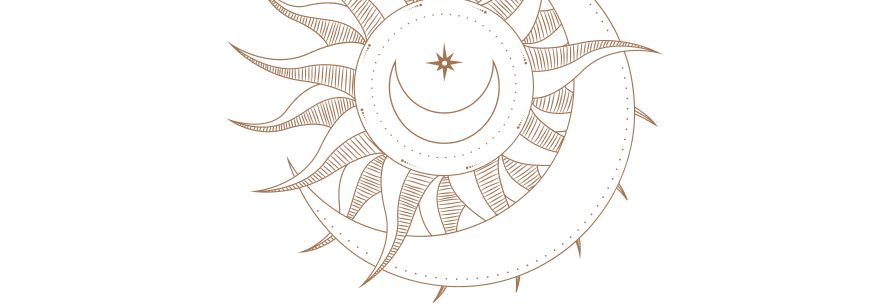

Palmistry: The Historical Overview
Delve into the dawn of palmistry and trace its journey through the corridors of time, uncovering the roots of this ancient practice.
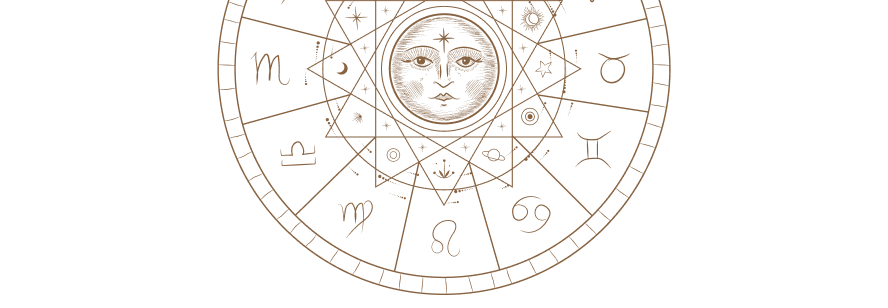
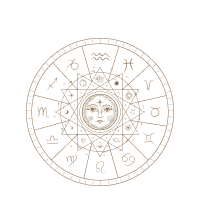
Palmistry Basics: How to Read Your Hand's Secrets
Learn the basics of palmistry with this guide on how to read the lines and shapes of your hands to reveal insights about your personality and future.